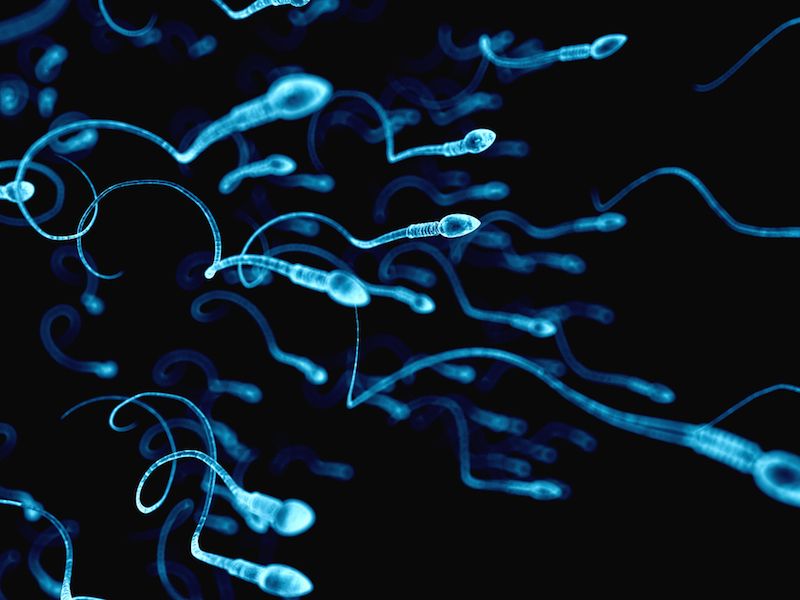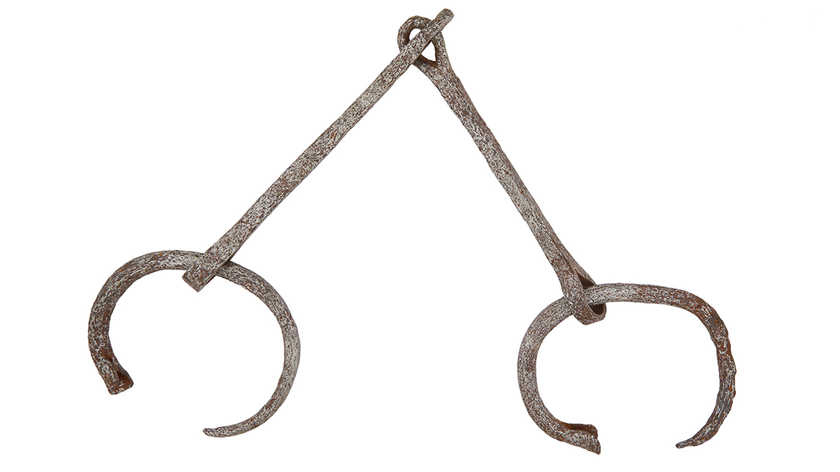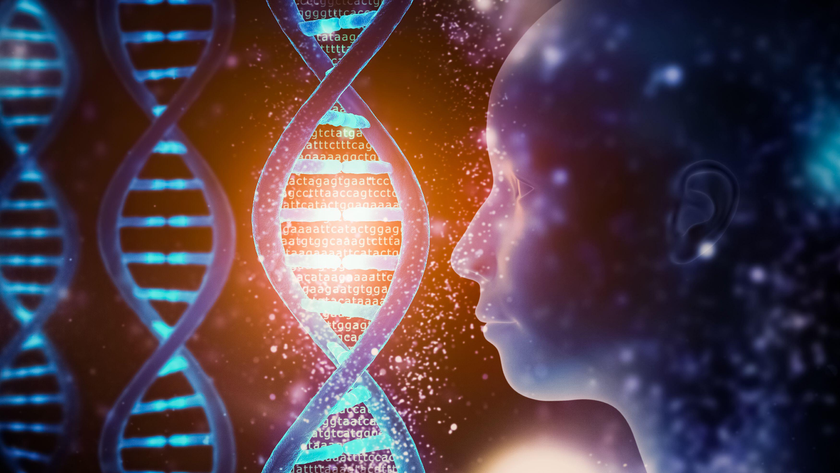The Secret to Sperm's Sexy Swimming

Human sperm cells get an extra oomph forward as they swim, thanks to interconnected elastic springs in their tails that communicate with other regions of the tail, a new study finds.
These elastic springs transmit mechanical information to the distant parts of the tail, helping it bend as it wriggles its way toward an egg, the researchers said.
Scientists have known for years that sperm possesses a unique tail, or flagellum, that helps it swim. For instance, studies dating to 50 years ago revealed that the flagellum is constructed out of a complex system of filaments that are connected by elastic springs, giving the tail a cylinder-like structure. [Sexy Swimmers: 7 Facts About Sperm]
Researchers used to think that this system provided the sperm tail with a scaffold that helped it swim toward the egg. The new study adds to that idea, showing that this system of elastic springs not only maintains the structure of the tail but also transmits information to distant regions of the tail, allowing it to bend and move in its own way, the researchers said.
"Sperm flagella with this sort of internal structure can be seen in almost all forms of life," study senior author Hermes Gadêlha, a mathematical biologist at the University of York in the United Kingdom, said in a statement. "Interestingly, although the sperm tail has an internal structure that is conserved across most species — animal and human — they all create slightly different movements in order to reach an egg."
In a previous experiment, Gadêlha and his colleagues created a mathematical formula that described how sperm move rhythmically through fluid. In the new study, they investigated the tails of dead sperm to get a better idea of how they moved, he said.
The tails of the dead sperm helped the researchers understand how the different parts of the tail bend as the sperm moves. Intriguingly, they saw that movement beginning near the sperm's head led to an opposite-direction bend at the tip of the tail — an occurrence known as a counterbend phenomenon.
Sign up for the Live Science daily newsletter now
Get the world’s most fascinating discoveries delivered straight to your inbox.
This phenomenon suggests that mechanical information is transmitted through the interconnected elastic fibers along the whole length of the tail, Gadêlha said. He used a mathematical model to calculate these bending movements so researchers could understand what triggers are needed to transmit these movements to the tail.
"The communication to distant parts of the tail is a bit like the communication between blindfolded rowers in a canoe boat," Gadêlha said. "Blindfolded rowers can't see each other's motion to communicate what movement to make, and in the absence of shouting to each other, they must instead feel the mechanics of the boat and the movement that each rower is making in order to synchronize their motion."
The "molecular motors" in sperm cells communicate in a similar way, but in a "much more complex 'boat,'" Gadêlha said. [How Do Sperm Swim? | Video]
First, the sperm tail creates a sliding motion between its filaments that are housed inside the cylindrically arranged structure. This causes the tail to bend, "a bit like the piston that converts back-and-forth motion into rotation of the wheel on a train," Gadêlha said. "Any one movement in this complex sequence appears to be able to trigger motion right through to the distant parts of the tail."
Now, here's the big question: "Are particular springs in the tail coupled up to transmit specific biomechanical information?" Gadêlha said.
The study was published online Wednesday (May 31) in the Journal of the Royal Society Interface.
Original article on Live Science.

Laura is the archaeology and Life's Little Mysteries editor at Live Science. She also reports on general science, including paleontology. Her work has appeared in The New York Times, Scholastic, Popular Science and Spectrum, a site on autism research. She has won multiple awards from the Society of Professional Journalists and the Washington Newspaper Publishers Association for her reporting at a weekly newspaper near Seattle. Laura holds a bachelor's degree in English literature and psychology from Washington University in St. Louis and a master's degree in science writing from NYU.












